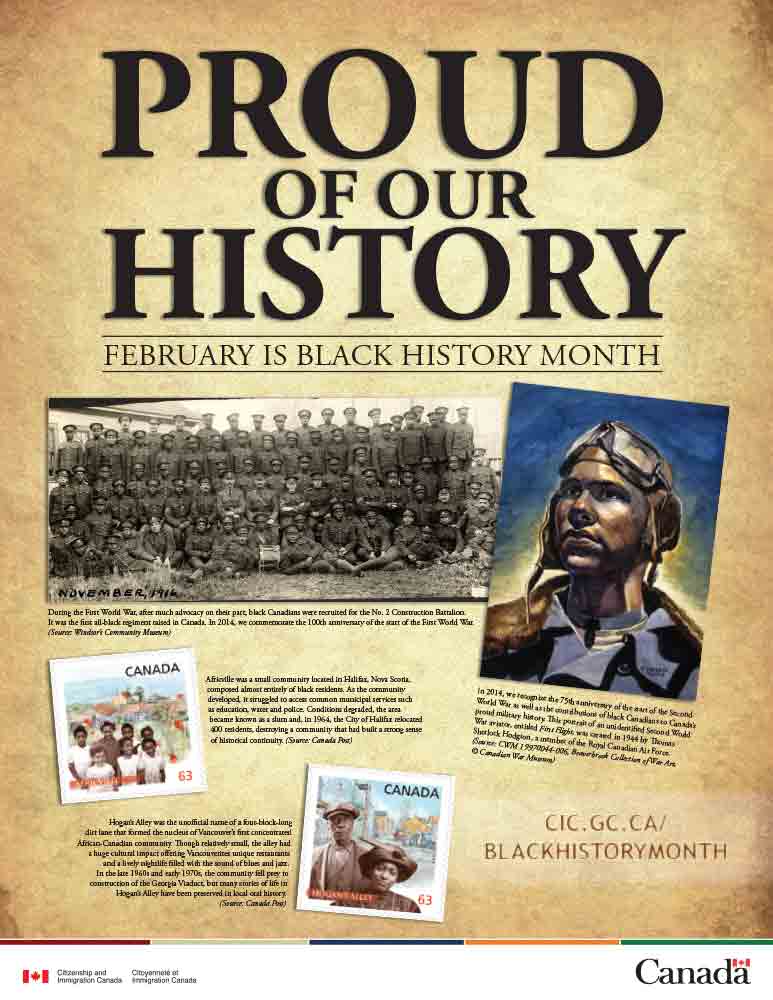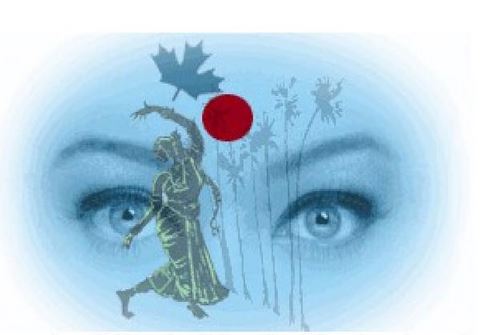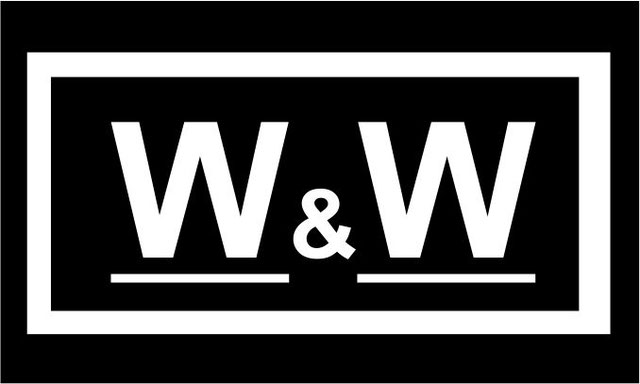
 Ottawa, February 6, 2014 – The Honourable Jason Kenney, Minister for Multiculturalism, issued the following statement after the official launch event for Black History Month at the Canadian War Museum:
Ottawa, February 6, 2014 – The Honourable Jason Kenney, Minister for Multiculturalism, issued the following statement after the official launch event for Black History Month at the Canadian War Museum:
“Every February, Canadians mark Black History Month, an important annual celebration of the accomplishments of Canadians who trace their family heritage to Africa and the Caribbean. The proud legacy of black Canadians goes back to the early beginnings of Canadian history. The great sacrifices and tremendous contributions of their community have helped to create the Canada of today. This year, as we mark the 100th anniversary of the beginning of the First World War and the 75th anniversary of the beginning of the Second World War, Black History Month provides an opportunity to recognize the efforts of black Canadian soldiers during these wars, and in other military campaigns.
“Canadians should learn more about many inspirational stories of heroism and service, including that of the largely black Number Two Construction Battalion, which proudly served our country during the First World War. Another great story is that of William Hall, the first black recipient of the Victoria Cross. He was also the first Canadian sailor and the first Nova Scotian to receive this honour. This year, Canada Post’s 2014 Black History Month stamps will honour two historical communities that were located on opposite sides of our country: Africville in Halifax, and Hogan’s Alley in Vancouver. “Both of these communities played significant roles in black Canadian history, and their stories are well worth learning during Black History Month.
“Canadians can explore these and many other stories on the Government of Canada’s Black History Month website, which hosts the Black History Virtual Museum. As Minister for Multiculturalism, I also encourage Canadians to participate in the many celebrations that will take place across the country throughout February in honour of Black History Month.”
For further information (media only), please contact:
Alexandra Fortier
Minister’s Office
819-994-2482
Media Relations
Communications Branch
Citizenship and Immigration Canada
613-952-1650
இந்த மின்-அஞ்சல் முகவரி spambots இடமிருந்து பாதுகாக்கப்படுகிறது. இதைப் பார்ப்பதற்குத் தாங்கள் JavaScript-ஐ இயலுமைப்படுத்த வேண்டும்.
Black History Month 2014
About Black History Month
 Despite a presence in Canada that dates back farther than Samuel de Champlain’s first voyage down the St. Lawrence River, people of African descent are often absent from Canadian history books.
Despite a presence in Canada that dates back farther than Samuel de Champlain’s first voyage down the St. Lawrence River, people of African descent are often absent from Canadian history books.
There is little mention of the fact that slavery once existed in the territory that is now Canada, or that many of the Loyalists who came here after the American Revolution and settled in the Maritimes were Blacks. Few Canadians are aware of the many sacrifices made in wartime by black Canadian soldiers, as far back as the War of 1812.
In an attempt to heighten awareness of black history in the United States, historian Carter G. Woodson proposed an observance to honour the accomplishments of black Americans. This led to the establishment of Negro History Week in 1926. Woodson is believed to have chosen February for this observance because the birthdays of the renowned abolitionist Frederick Douglass (February 14) and former U.S. President Abraham Lincoln (February 12) fall in this month.
During the early 1970s, the week became known as Black History Week. It was expanded into Black History Month in 1976. In December 1995, the House of Commons officially recognized February as Black History Month, following a motion introduced by the first black Canadian woman elected to Parliament, the Honourable Jean Augustine. The motion was carried unanimously by the House of Commons.
In February 2008, Senator Donald Oliver, the first black man appointed to the Senate, introduced a motion to have the Senate officially recognize February as Black History Month. It received unanimous approval and was adopted on March 4, 2008. The adoption of this motion completed Canada’s parliamentary position on Black History Month. Senator Anne Cools was the first black woman to be appointed to the Senate
Key Historic Events
The first recorded person of African heritage to set foot in what would become Canada arrived on our shores some 400 years ago. It is believed that, in 1604, Mathieu Da Costa arrived with the French explorers Pierre Du Gua De Monts and Samuel de Champlain. Da Costa, a free man, worked as an interpreter, providing an invaluable link with the Mik’maq people encountered by the Europeans.
Slavery existed in Canada from 1628 until it was abolished in Upper Canada in 1793 and throughout the entire British empire in 1833.
The first known slave, Olivier LeJeune, was recorded in 1628. He was brought to Canada from Africa as a young child and given the name of one of his owners, a priest.
In 1779, in an effort to win the War of American Independence (1775-1783), the British invited all black men, women and children to join the British cause and win their freedom for doing so. Many accepted the invitation, and as a result 10 percent of the United Empire Loyalists coming into the Maritimes were Black.
In 1793, the Abolition Act was passed in Upper Canada, now known as Ontario. This law freed slaves aged 25 and over and made it illegal to bring slaves into Upper Canada. Consequently, Upper Canada became a safe haven for runaway slaves. The Abolition Act also made Canada the first jurisdiction in the British Empire to move toward the abolition of slavery.
In 1807, the Act for the Abolition of the Slave Trade received Royal Assent and became law throughout the British Empire. It was the result of a long and arduous campaign in the British Parliament by an alliance of Evangelical Anglicans and Quakers led by William Wilberforce, M.P. (1759-1833).
In 1833, the British Imperial Act abolished slavery throughout the Empire, including Canada. Between 1800 and 1865, approximately 20,000 black people escaped to Canada via the Underground Railway.
During the War of 1812, the Coloured Corps fought in the Battle of Queenston Heights, a decisive engagement with the Americans. The Corps had been established thanks to Richard Pierpoint, a black Loyalist and true Canadian hero.
Railway porters played a major role in the struggle for black rights in Canada. Starting in the late 1880s, they emerged as leaders of black communities in Montréal and other urban centres. Through their unions, such as the Brotherhood of Sleeping Car Porters and the Order of Sleeping Car Porters, they gained recognition for black workers. After the Second World War, the porters made important contributions to the campaign for human rights, particularly through their struggle to end discrimination in railway employment.
In 1858, nearly 800 free black people left the oppressive racial conditions of San Francisco for a new life on Vancouver Island. Governor James Douglas had invited them to settle in British Columbia. Though still faced with intense discrimination, these pioneers enriched the political, religious and economic life of the colony. For example, Mifflin Gibbs became a prominent politician, Charles and Nancy Alexander initiated the Shady Creek Methodist Church, and John Deas established a salmon cannery. The group also formed one of the earliest colonial militia units, the Victoria Pioneer Rifle Corps. A ceremony took place on February 20, 2000 in Saanichton, B.C. to honour the arrival of the Black Pioneers to British Columbia



 பதிவுகள். காம் மின்னூல் தொகுப்புகள்
பதிவுகள். காம் மின்னூல் தொகுப்புகள் 










